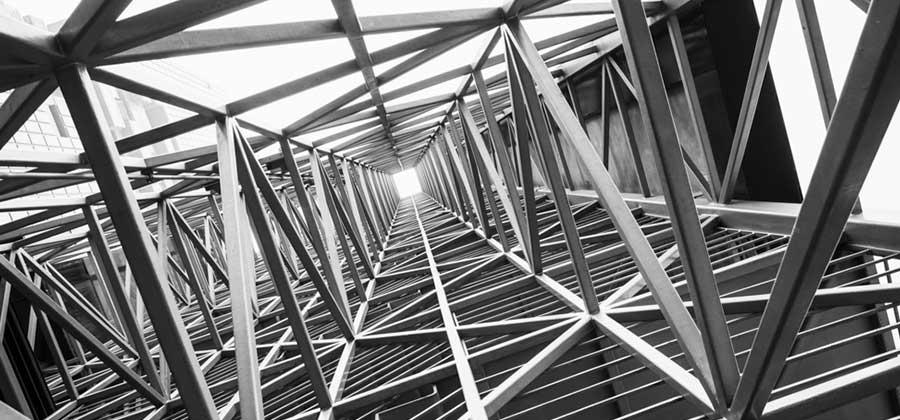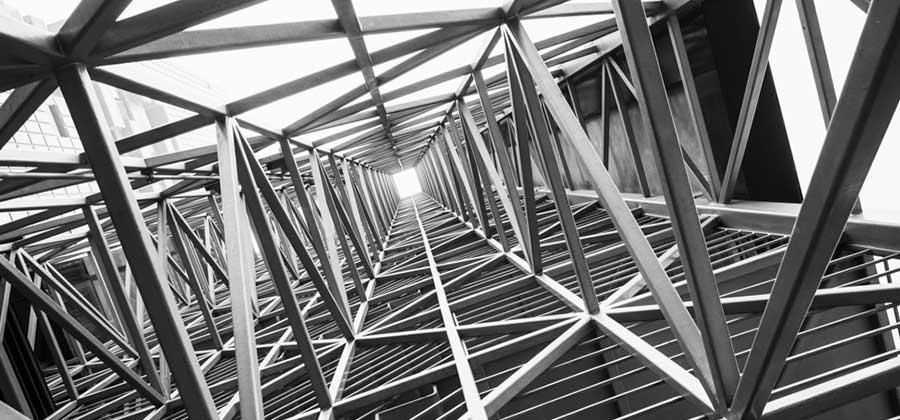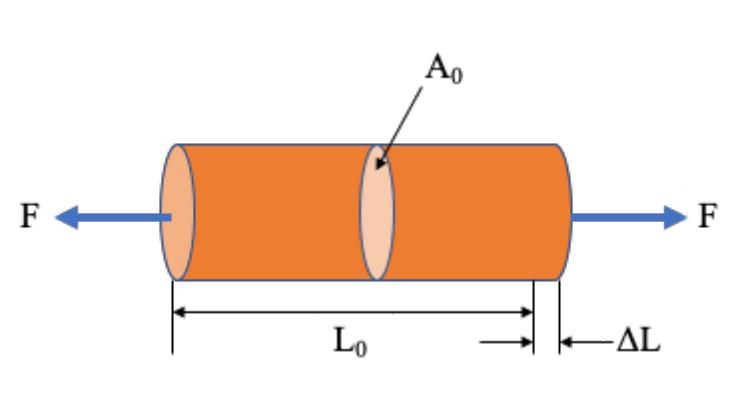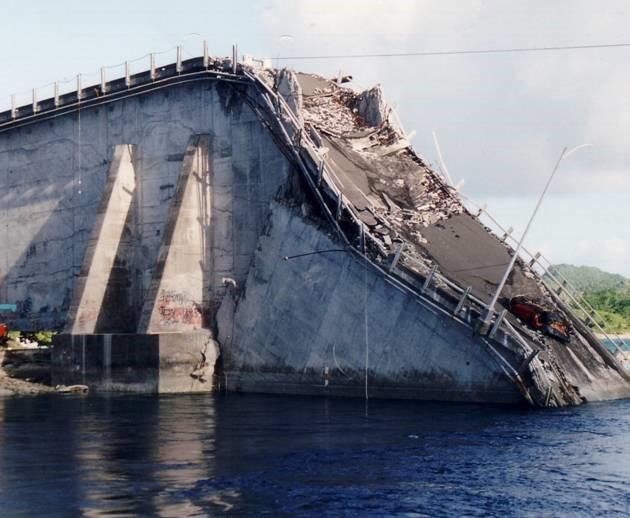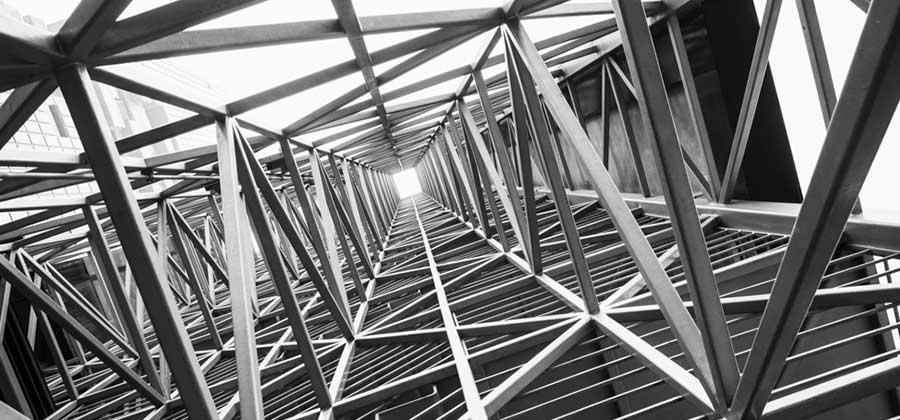Explore the World's Best Ideas
Join today and uncover 100+ curated journeys from 50+ topics. Unlock access to our mobile app with extensive features.
Structures: Or Why Things Don't Fall Down
What are structures?
What holds an airplane together as it moves through the air or keeps a bridge from collapsing under the strain of cars? It’s all in the design of their structure.
A structure is a collection of materials intended to sustain loads.
21
321 reads
...
The study of structures began in the seventeenth century, thanks largely to Galileo.
Galileo had to switch disciplines after the Catholic Church threatened to persecute him for his work in the field of astronomy in 1633. He left astronomy behind and began studying the strength and character of different physical materials.
19
257 reads
...
Galileo’s prestige brought greater academic attention to the subject. In the mid-1650s, scholars began researching the ways in which different materials and structures behave under heavy loads. That same century, Robert Hooke also discovered how matter behaves at an atomic level.
20
237 reads
Stress and strain
Stress isn’t just a psychological problem affecting humans – structures can suffer from stress as well.
Stress tells us the degree to which atoms are being pushed apart. Strain, on the other hand, measures how far they’re being pushed apart
21
257 reads
Structures built on compression
Some structures, like ancient churches, castles or monuments, have managed to stay intact for centuries or even millennia. What makes it possible for them to stay standing for so long?
Structures stay in place largely thanks to the compressive forces acting upon them. Unlike tensile forces, compressive forces push on a structure rather than pulling it.
Ancient people implicitly understood the principles of structures and their forces well before they could perform calculations about them.
20
231 reads
Cracks and Structure
Structures can fall apart when they develop cracks or when new material is added onto them. C. E. Inglis wrote about this in 1913.
Holes and cracks aren't the only agents of local stress, either. The addition of new material can also cause stress by increasing the structure's stiffness. So, if you put a patch on a torn piece of clothing, for example, it might just cause it to tear even more.
19
230 reads
Fatigue in Structures
When a person gets frustrated or stressed out, they will often dwell on their problems, which only serves to increase their stress levels. A similar phenomenon occurs in metal – and, appropriately enough, it's called fatigue.
Fatigue occurs when the heavy load on a metal fluctuates and causes it to lose strength. People first noticed this phenomenon during the industrial revolution, when machinery would sometimes break when it was moved.
20
209 reads
Structures and Our Life
Structures are a fundamental part of both the man-made and natural worlds. And while a rooftop and a horse would seem to have little in common, they're affected by the same scientific concepts that keep structures intact.
Stress, strain, force and strength are the keys to designing and maintaining the structures so important to our everyday lives, and researchers play a critical role in keeping us safe from their collapse.
19
207 reads
IDEAS CURATED BY
CURATOR'S NOTE
Structural engineering is important for societies around the world to ensure that the structures around us are safe and fit for purpose. This is a big responsibility for structural engineers who design structures to withstand the stresses and environmental impacts they are subjected to daily
“
Discover Key Ideas from Books on Similar Topics
7 ideas
Prompt Engineering Using ChatGPT
Mehrzad Tabatabaian
14 ideas
The Crux
Richard P. Rumelt
20 ideas
The Obstacle Is the Way
Ryan Holiday
Read & Learn
20x Faster
without
deepstash
with
deepstash
with
deepstash
Personalized microlearning
—
100+ Learning Journeys
—
Access to 200,000+ ideas
—
Access to the mobile app
—
Unlimited idea saving
—
—
Unlimited history
—
—
Unlimited listening to ideas
—
—
Downloading & offline access
—
—
Supercharge your mind with one idea per day
Enter your email and spend 1 minute every day to learn something new.
I agree to receive email updates
